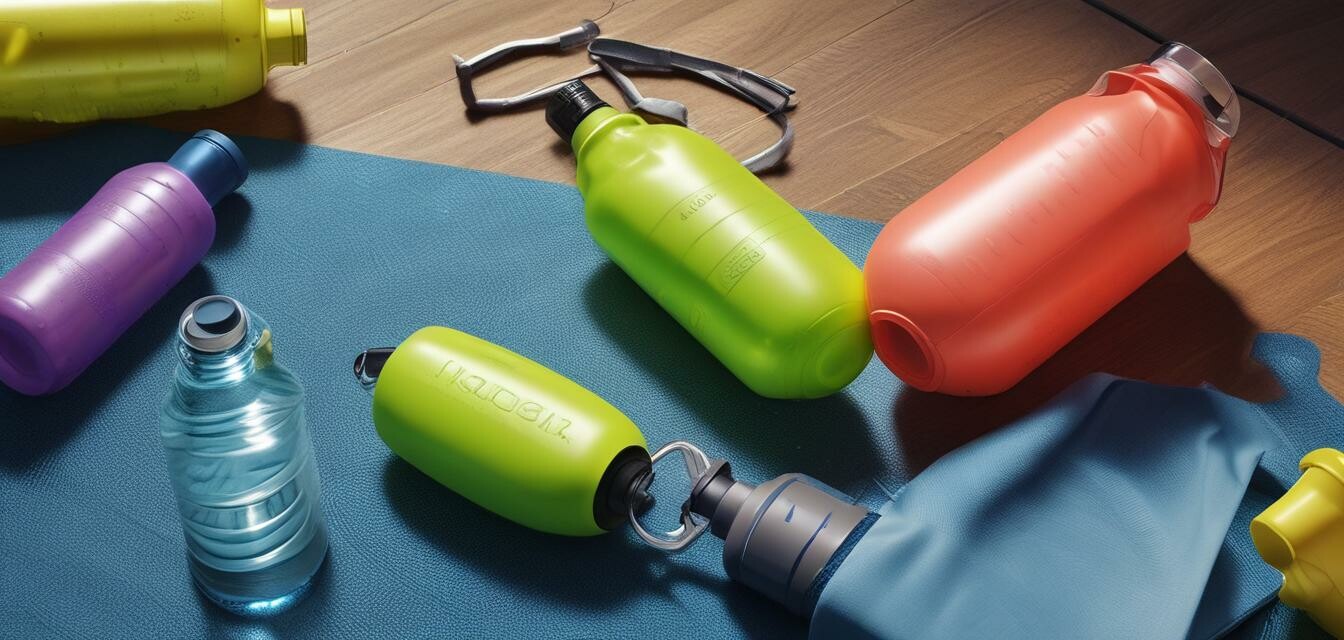
Importance of hydration during workouts
Hydration is often overlooked when it comes to maximizing workout performance and ensuring overall health. Understanding how water intake affects your fitness journey is essential. This article explores the critical role that hydration plays before, during, and after your workouts. We offer practical tips and strategies to help you maintain optimal hydration levels, enhance your performance, and support your recovery.
Key takeaways
- Staying hydrated improves workout performance and endurance.
- Hydration should begin before physical activities commence.
- Replace lost fluids during and after workouts to aid recovery.
Why hydration is crucial for workouts
Water makes up about 60% of the human body and is integral to various bodily functions. Proper hydration allows for effective thermoregulation, nutrient transport, and muscle efficiency. Here’s a quick look at how hydration impacts physical performance:
| Hydration Level | Impact on Performance |
|---|---|
| Well-hydrated | Optimal performance and recovery |
| Minor dehydration (1-2% body weight loss) | Reduction in endurance and muscle strength |
| Moderate dehydration (3-4% body weight loss) | Significant impairments in performance and cognitive function |
| Severe dehydration (over 5% body weight loss) | Increased risk of heat-related illnesses and serious health complications |
Tips for staying hydrated
Being proactive is key to maintaining hydration levels. Here are practical suggestions:
- Prioritize water intake before workouts: Start hydrating 2-3 hours before your exercise session.
- Incorporate electrolytes: For long or intense workouts, consider sports drinks or electrolyte tablets to replenish lost salts.
- Use a hydration tracker: Keep track of your water intake using mobile apps or water bottles with measurements.
- Drink during workouts: Take small sips during breaks, especially during high-intensity workouts.
- Rehydrate after workouts: Continue drinking water or electrolyte-rich beverages to aid recovery.
Signs of dehydration
Recognizing the symptoms of dehydration can help you address the issue promptly. Here are common signs:
- Thirst
- Dry mouth and throat
- Fatigue or dizziness
- Dark yellow urine
- Reduced sweat production
Hydration strategies for different activities
Different workouts require different hydration approaches. Below are strategies catered to various types of exercise:
| Type of Exercise | Hydration Strategy |
|---|---|
| Light Aerobics | Water before and after; minimal hydration during. |
| Weight Training | Sip water throughout; consider hydration if training lasts over an hour. |
| Running or Cycling | Drink water every 15-20 minutes and replenish electrolytes as needed. |
| High-Intensity Interval Training (HIIT) | Hydrate before, sip during, and refuel with electrolytes afterward. |
Conclusion
In summary, staying hydrated is a fundamental aspect of any fitness routine. By prioritizing water intake before, during, and after workouts, you can enhance your performance and recovery. Remember to pay attention to your body's hydration needs, tweak your intake based on activity intensity, and listen for signs of dehydration. For more tips and advice on fitness gear to support your journey, check our Tips and Advice section.
Pros
- Improves performance and endurance
- Supports recovery
- Helps maintain physical well-being
Cons
- Overhydration can be a concern
- Requires planning during long activities